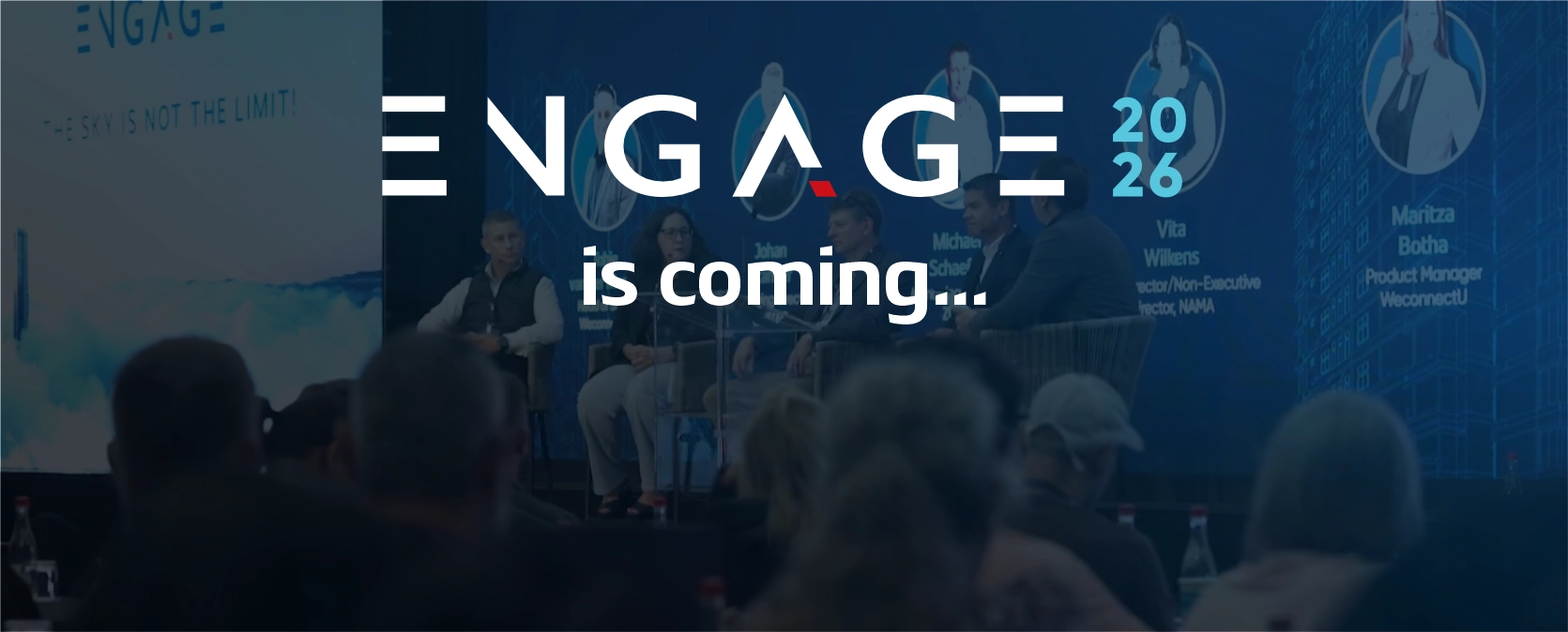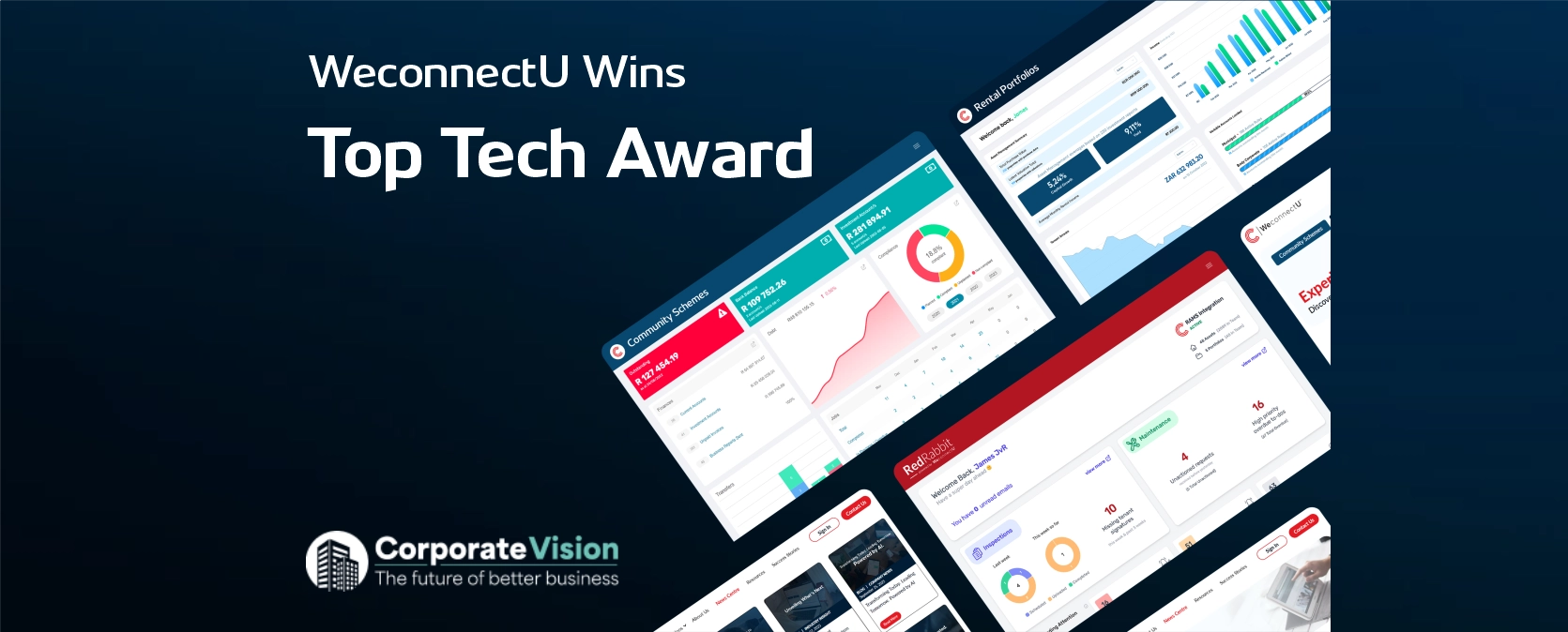
How to use “flanking” to improve Community Managers’ value and profits
While community management has flourished in recent years, one serious challenge has continued to plague the industry: narrow profit margins.
Complexity has skyrocketed, driving effort levels up exponentially – and yet costs per unit have consistently lagged well behind this effort curve. As a result, more and more community managers are struggling to deliver the service quality their clients expect without completely eroding their entire profit margins.

Balancing effort and compensation
“If you look at the price per unit averages from 2023, they ranged from R114 per unit in Pretoria to R139 per unit in Cape Town,” says Danie van der Merwe, Director at WeconnectU. “Those prices have grown by an average of 4% each year since 2012 – that’s well below inflation.”
As a result, Van der Merwe explains that community managers have not just been shouldering an increasingly heavy workload, but also doing so for compensation that goes less and less far each year.
In collecting these statistics, WeconnectU uncovered another – more positive – phenomenon, however.
“We discovered that the upper price brackets grew by nearly twice as much as the lower price brackets last year,” says Van der Merwe. “That suggests that customers are willing to pay a higher price per unit under the right circumstances.”
Marcus Kaps, Owner of Propensure, and ENGAGE'24 panelist, agrees.
“We receive a lot of calls from trustees who are disenchanted with their incumbent managing agents,” says Kaps. “They don’t get responses from these agents, and they don’t have confidence that their bodies corporate are being acceptably managed.”
Kaps reveals that, when presented with the prospect of a much higher level of service quality at Propensure, these previously disenchanted trustees are all too willing to pay a higher fee.
“Where you provide greater service, you can earn greater fees,” he says.
The value conundrum
Of course, providing top-notch service on a shoestring budget can be a real challenge.
“It is a bit of a chicken and egg situation,” admits Van der Merwe. “Providing more value normally requires more money. Unfortunately, clients aren’t usually willing to pay a premium for value they have yet to receive. That means community managers need to find a way to put the value in place first – and properly communicate that value to their customers – before they can realistically demand fair compensation.”
Where does that value come from? According to Kaps, it’s more than just ticking the usual community management service boxes. He believes there is vast – and ultimately monetizable – value in the data community managers collect – specifically as a tool to help trustees make more informed decisions.
“It’s important that community managers and trustees work together,” he says. “But the most important thing is that we do the work, and they do the decision-making. I think, in a lot of bodies corporate, that’s not the case, and trustees are getting very frustrated because they’re not qualified to do the work – we are.”
By addressing this frustration and providing a more informative, professional and stress-free customer experience, community managers can vastly increase their perceived value. This value can then be translated into appropriate pricing – particularly if you’re using the right pricing strategy.
Pricing as a competitive strategy
“Pricing can be a valuable competitive differentiator,” says Van der Merwe. “It can be used to undercut your competitors – this is called low price flanking – or position yourself as a premium service provider – known as high price flanking.”
Van der Merwe explains that the majority of today’s community managers operate on a low-cost model, attracting – and retaining – customers by virtue of their affordability. The downside of this is that, unless operations are run with extraordinary efficiency and scalability, tight profit margins make it impossible to maintain consistent service delivery. They also leave no budget for innovations and improvements that could improve efficiency and make low-cost flanking more effective and sustainable.

Part of the problem leading to chronic under-pricing of community management services is the predominance of price sensitive customers on the market. Coleman Properties CFO and ENGAGE'24 panelist, Leroy Coleman, believes this issue stems from the industry’s ongoing struggle to effectively communicate its value.
“A lot of clients and trustees feel about managing agents the way I feel about a loaf of bread,” he says. “I take whatever's on special when I'm at the shop, and it will get the same job done. But managing agents are not a loaf of bread - there are many factors that need to be considered.”
By better understanding and communicating these factors, Coleman believes community managers can shift clients’ focus off of price point as their sole deciding factor to place a greater emphasis on value.
And according to the statistics, there are community managers who are successfully doing exactly that.
Using high price flanking to boost service value
“Our statistics show a number of community managers successfully using high-cost flanking as a competitive differentiator,” says Van der Merwe. “They’re pricing their services well above the competition, encouraging the perception of quality and exclusivity, while maximising their profit margins in order to deliver a service that matches their price point.”
Higher profit margins also enable these businesses to invest in innovations like WeconnectU that improve their ability to deliver – and communicate – tangible value. This, Van der Merwe says, plays directly into the priorities of the customers they attract – customers who consider value more important than price.
“There is some nuance involved in getting high price flanking right,” he adds. “You need to avoid the dead zone where your prices are no longer low enough to be competitive, but aren’t quite high enough to maximise your profitability. Finding your sweet spot requires an in depth understanding of your business costs, operational potential, and true value.”
Getting it right clearly pays off, however, with WeconnectU’s survey figures showing higher-priced community managers outgrowing their competitors by almost 50% last year.
“There’s definitely strength in knowing your own value,” says Van der Merwe, “and it’s a strength we foster at WeconnectU. Our ecosystem provides business owners with all the tools they need to identify their strengths and improve their weaknesses to become the kind of valued and valuable community managers that customers are more than happy to pay for.”






